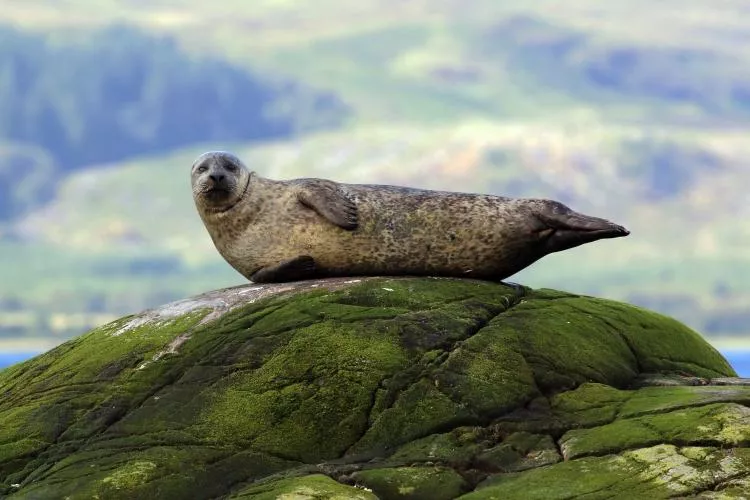Bird flu is killing marine mammals
Veterinarians in Peru have confirmed H5N1 avian influenza in sea lions and a dolphin, adding more reports of detections in mammals as the virus continues its push into Central and South America.
Last summer, the highly contagious strain of avian influenza, that was first detected in early winter 2021, had been spreading through North American birds made its way into marine mammals, causing a spike in seal strandings along the coast of Maine.
In June and July 2022, more than 150 dead or ailing seals washed ashore, a number that was approximately three times the normal rate for this time of the year. Of the 41 stranded seals tested for the virus, nearly half tested positive.
Viruses were not likely acquired by seals through predation or scavenging of infected animals, because birds are not a typical food source for harbour or grey seals. Transmission from wild birds to seals likely occurred through environmental transmission of shed virus.
In contrast to outbreaks in agricultural settings, outbreaks of HPAI in wild populations can rarely be managed well through biosecurity measures or depopulation, which is particularly true for large, mobile marine species such as seals, whales and dolphins. Migratory animals might further disseminate the viruses over broad geographic regions.
Spread
The virus has spread to 15 countries in the Americas but Peru has seen the biggest mortality in mammals. Peru's National Agrarian Health Service (SENASA) said at least 585 sea lions and 55,000 wild birds have been found dead in seven of the country's coastal nature preserves, likely due to avian flu.
Highly pathogenic avian influenza (HPAI) viruses are of concern because of their pandemic potential, socioeconomic impact during agricultural outbreaks, and risks to wildlife conservation Scientists are worried not just that the virus has jumped from birds to mammals but that mammal-to-mammal transmission might be a possibility. That being said, the risk to humans remains low
.




























